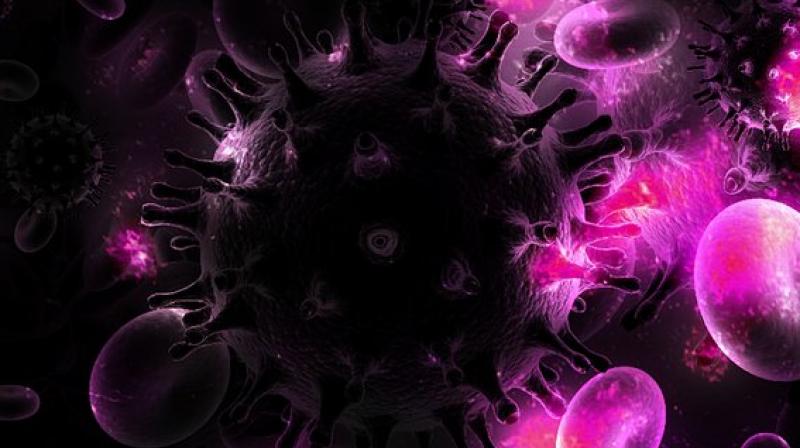Protein that helps HIV to evade the body's defence system discovered
When HIV-1 infects an immune cell, the virus travels to the nucleus so quickly there is not enough time to set off the cells alarm system.

Researchers have discovered the protein that helps HIV to evade the bodys defence system, an advance that may help stop the deadly virus in its tracks.
When HIV-1 infects an immune cell, the virus travels to the nucleus so quickly there is not enough time to set off the cells alarm system.
Now, researchers at Loyola University Chicago in the US have discovered the protein that helps the virus travel so fast.
The researchers found that without this protein, the virus became stranded in the cytoplasm, where it was detected by the viral defence system.
"By preventing its normal movement, we essentially turned HIV-1 into a sitting duck for cellular sensors," said Edward M Campbell, an associate professor at Loyola University Chicago Stritch School of Medicine.
HIV-1 infects and kills immune system cells, including T cells and macrophages that were used in the study.
This cripples the immune system, making the patient vulnerable to common bacteria, viruses and other pathogens that are usually harmless in people with healthy immune systems.
After HIV-1 enters a cell, it has to work its way through the cytoplasm to the nucleus. Once inside the nucleus, HIV-1 takes control of the cell and makes additional HIV-1 copies.
However, getting through the cytoplasm is not easy. Cytoplasm consists of fluid that is thick with proteins and structures such as mitochondria.
"Something the size of a virus cannot just diffuse through the cytoplasm," said Campbell, corresponding author of the study published in the journal PNAS.
"It would be like trying to float to the bathroom in a very crowded bar. You need to have a plan," said Campbell.
HIV-1 is able to get to the nucleus quickly via tubular tracks called microtubules. The virus attaches itself to a molecular motor called dynein, which moves down the microtubule like a train car on tracks.
Campbell and colleagues discovered the "ticket" HIV-1 needs to get on the train - a protein called bicaudal D2.
HIV-1 binds to bicaudal D2, which recruits the dynein molecular motor. The dynein then transports HIV-1 towards the nucleus.
The finding raises the possibility of developing a drug that would prevent HIV-1 from binding to bicaudal D2, thus stranding the virus in the cytoplasm.
This would not only prevent infection, but also give the cell time to turn on antiviral genes that would protect it and neighbouring cells from infection.

